New Gear Alert: PreSonus Eris E7 XT Monitors, PFM ICE Cube-12 Sub from Carl Tatz, Reason’s Beat Map & More
PreSonus unleashes the Eris E7 XT monitors.
The PreSonus Eris E7 XT is just right for moderate-size and some mid-large studio spaces. With the 7-inch woofer and 1.25-inch silk dome tweeter, E7 XT’s voice is significantly more powerful and richer than that of the smaller Eris family members, though not quite as deep as the E8 XT’s.
Featuring the same 140W of Class AB biamped power as the E8 XT, the E7 XT can deliver tight, focused bass down to 42 Hz despite its compact form factor. And just like the E8 XT and E5 XT, Eris E7 XT is equipped with PreSonus’ custom Elliptically Boundary Modeled waveguide, which enables it to be clearly and accurately heard across a wide 100 degree “sweet spot” with a focused 60˚ in the vertical to minimize desk reflections and maximize performance.
The PreSonus Eris E7 XT monitors are available now, priced at $229.95/ea.
Carl Tatz Design announces the PhantomFocus PFM ICE Cube-12 subwoofer.
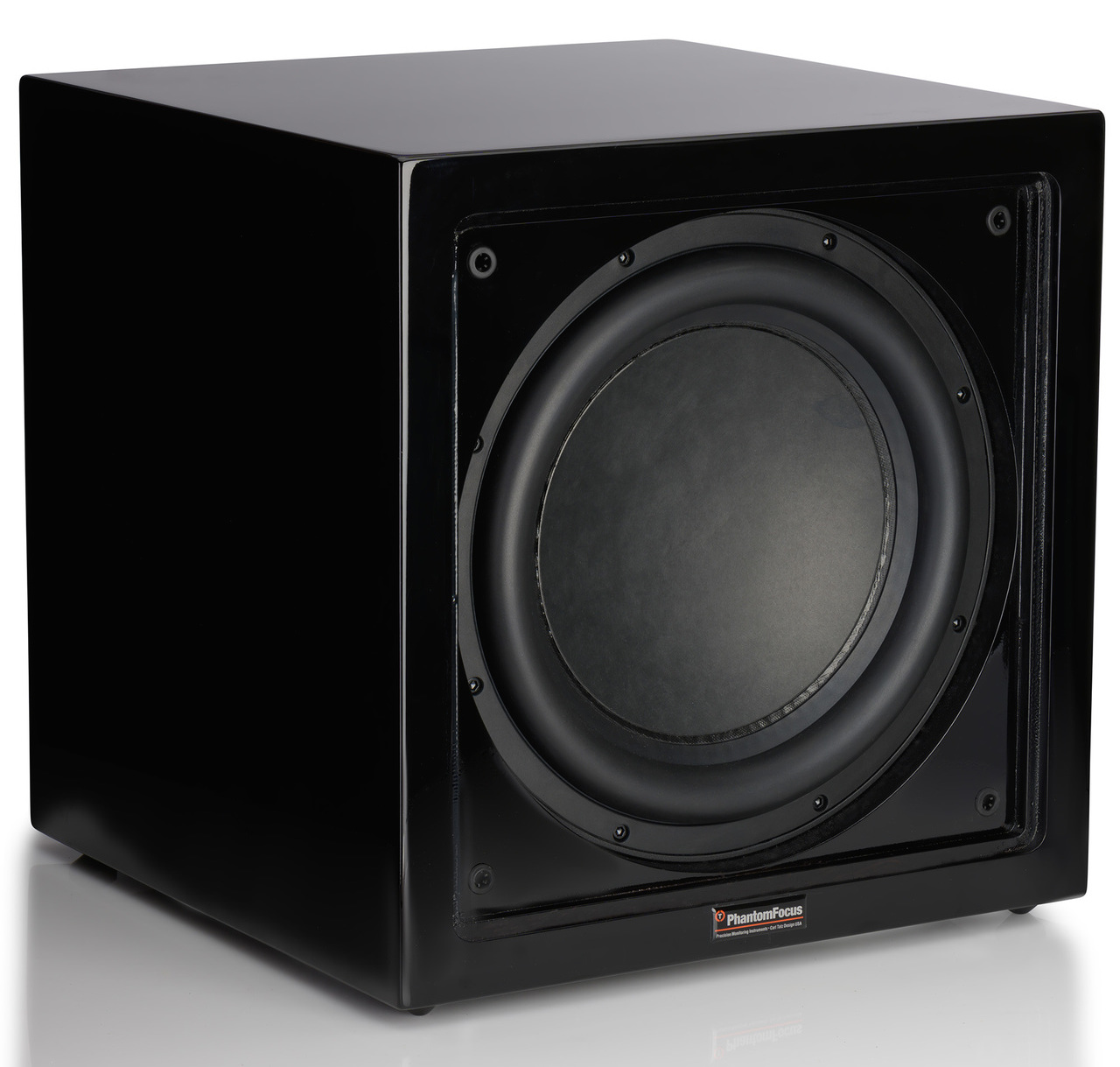
Designed for the PhantomFocus System—but usable in any application—Carl Tatz Design unleashes the PFM ICE Cube-12 sub.
The PFM ICE Cube-12 subwoofer anchors the foundational sonic footprint of the PhantomFocus System but can be used in any application where the audio professional demands the highest low-frequency performance with full 20 Hz frequency response and extremely tight and powerful dynamic pitch articulation.
The 12-inch long-throw, audiophile grade paper-coned driver offers tremendous sonic authority, and along with a massive magnet motor structure and cast aluminum frame, it takes no prisoners as it defines the engine for the PFS. Additionally, the no-nonsense simple design of the ICE Cube-12 subwoofer employs a powerful DSP solution for crossover and driver control as well as maintaining a low distortion output by preventing signal overload. The unusually strong cabinet is built with 3/4-inch medium-density fiberboard (MDF) that has been internally laminated with a 1/8-inch aluminum substrate bracing mechanism for ultra-rigidity.
For further information on the PFM ICE Cube-12 subwoofer, including pricing, click here.
Reason Studios launches the Beat Map virtual instrument.
Beat Map is a new instrument that draws inspiration from algorithms and machine learning techniques to create beats. Designed primarily for drums, Beat Map is a generative, experimental alternative to the workflow of writing beats in common drum sequencers.
Beat Map is a Reason Player (also called a MIDI effect) that can trigger sounds from any external drum machine or synthesizer. The interface features four channels—one each for the kick, snare, hi-hats and percussion—as well as an intuitive central X-Y pad. Changing a beat is as simple as dragging the crosshairs around the map or turning one of the knobs to adjust the density of individual elements of a drum groove.
Try Beat Map on the Reason Studios website here.
For further information on Beat Map, including pricing, click here.
Steinberg reveals the UR24C interface.
The Steinberg UR24C is a small, yet powerful two-channel audio interface with 32-bit/192 kHz audio resolution and flexible headphone monitoring modes, ideal for recording and performing. It is the latest of an entire line-up of UR-C USB 3.0 interfaces that are designed for musicians, producers and performers.
As with each UR-C interface, the UR24C provides USB Type-C (USB 3.1 Gen 1 SuperSpeed) connectivity to ensure universal compatibility with both PCs and Mac computers, as well as iOS devices. Alongside the dspMixFx mixer that accesses the DSP effects—REV-X reverb, Channel Strip and Guitar Amp Classics—the UR24C comes with a comprehensive software bundle: the Cubase AI music production software, the Basic FX Suite consisting of effects and sound processing tools, native versions of the DSP effects (both VST 3 and AU compatible) and the Cubasis LE music production app for the iPad.
The UR24C features two balanced Neutrik combo inputs, high-grade D-PRE microphone preamps, two TRS main outputs, four RCA line outputs, and MIDI in and out. Its specialty lies in the switchable monitor modes for headphones: DAW mode is used for producing music with a DAW, such as Cubase or Nuendo, where the signal from output 1 or output 2 is chosen as the headphone source while allowing you to adjust the balance of the signals from the DAW and from the UR24C’s inputs. DJ mode is expected to be used for performances with DJ software and backing tracks where the signal is split so the mono master sound is output to the right side of the headphones and the mono cue sound to the left, also letting you adjust the balance of both signals.
The UR24C will be available in Q1 2020, priced at $319.
Ample Sound releases the Hellrazer III 9-string guitar virtual instrument.
Ample Sound’s Hellrazer III aims to bring a Schecter Hellraiser 9-string guitar sound to your studio. It offers tunings of #C, #F, B, E, A, D, G, B, E, and is suited for heavy metal styles such as metalcore, progressive metal and djent.
Hellrazer III offers features such as sustain, hammer-on & pull-off, legato slide, slide in & out, palm mute, pop, natural harmonic, pinch harmonic (10 articulations), legato at random length, and pitch & poly.
The built-in amp system includes 6 classic amp models: Metal Double (modeled on Mesa Boogie Dual), Metal Treble (modeled on Mesa Boogie Triple), Lead 800 (modeled on Marshall JCM800), Jazz 120 (modeled on Roland JC120), 65 Twang (modeled on Fender 65 Twin Reverb) and 57 Delight (modeled on Fender 57 Deluxe).
Hellrazer III is available at a special introductory price of $89 (reg. $119). Ample Sound is also running a Metal Sale promotion, with AMH, AME and AMR 3 products, as well as the 3 in 1 Metal Bundle, offered at 25% off until March 20th.
Please note: When you buy products through links on this page, we may earn an affiliate commission.







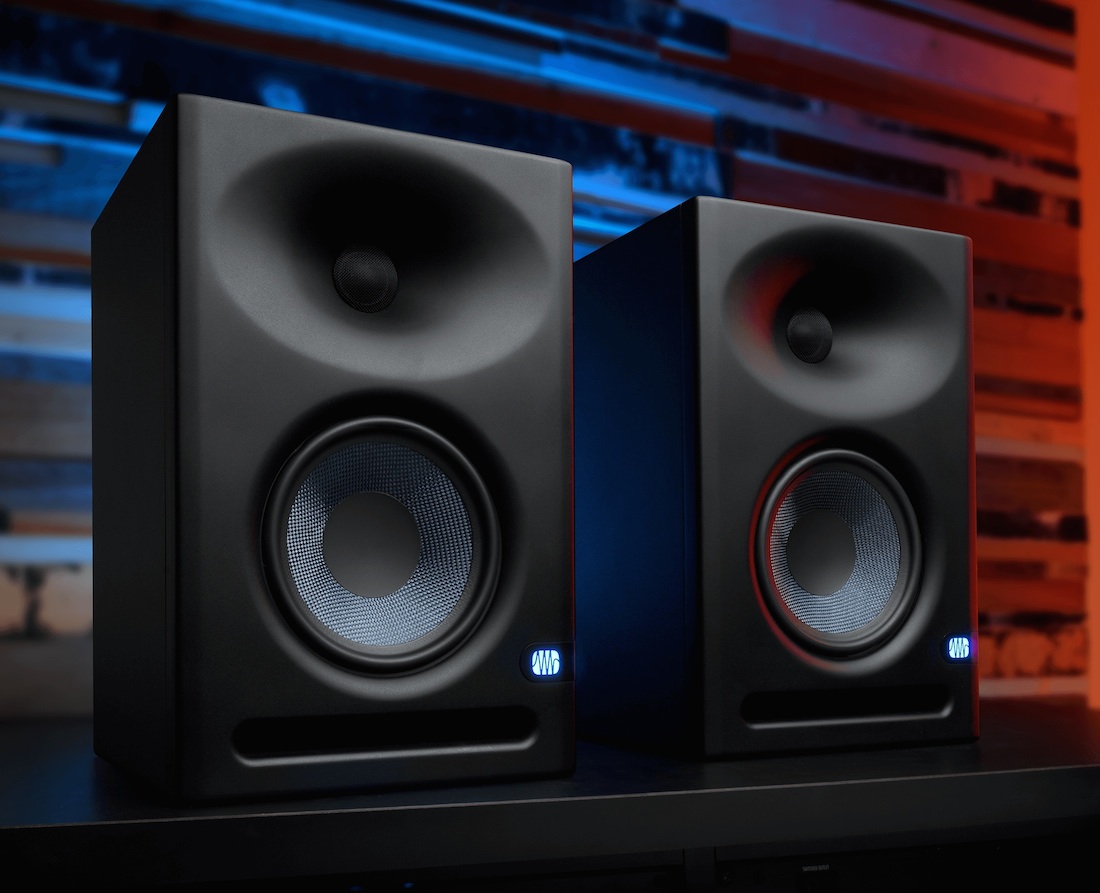
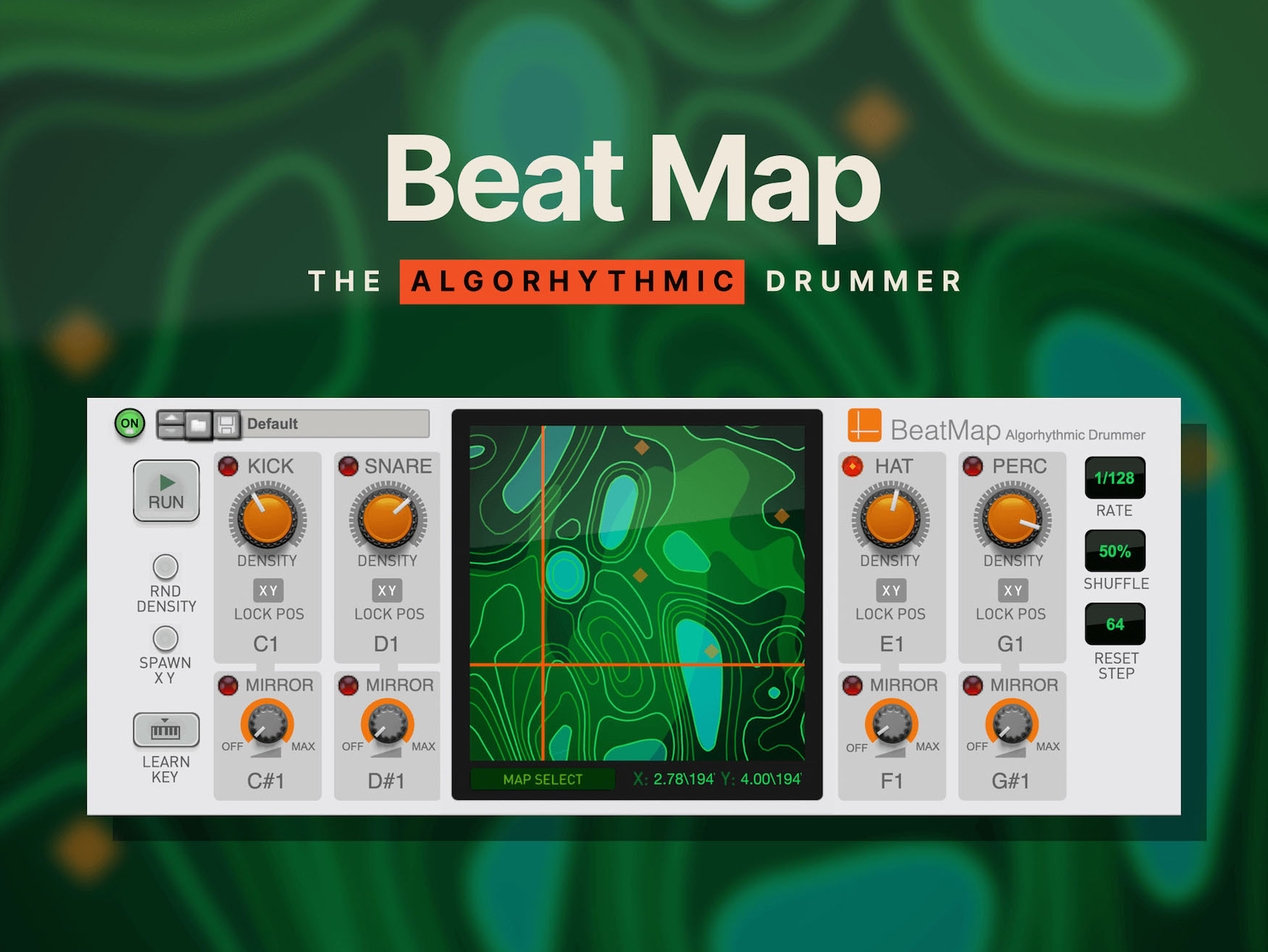
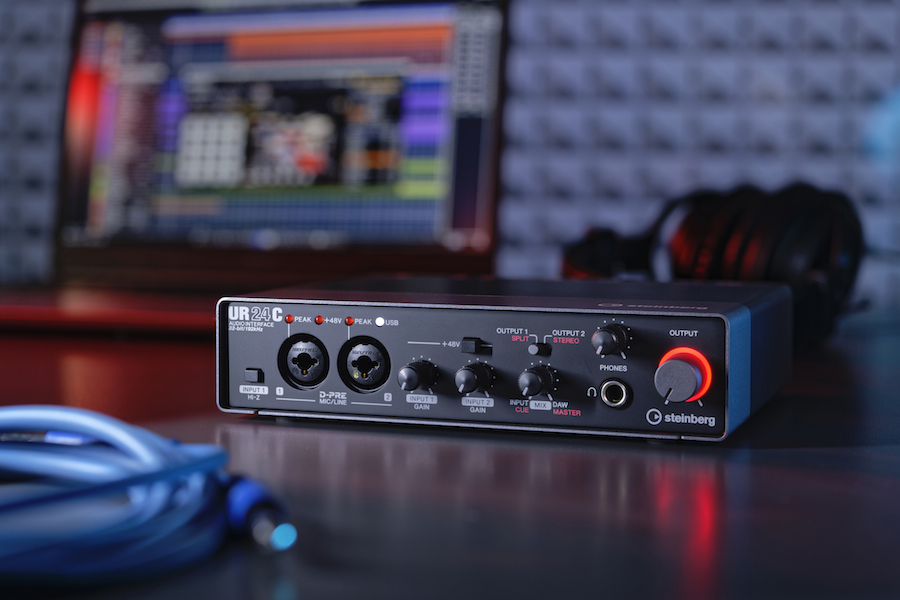
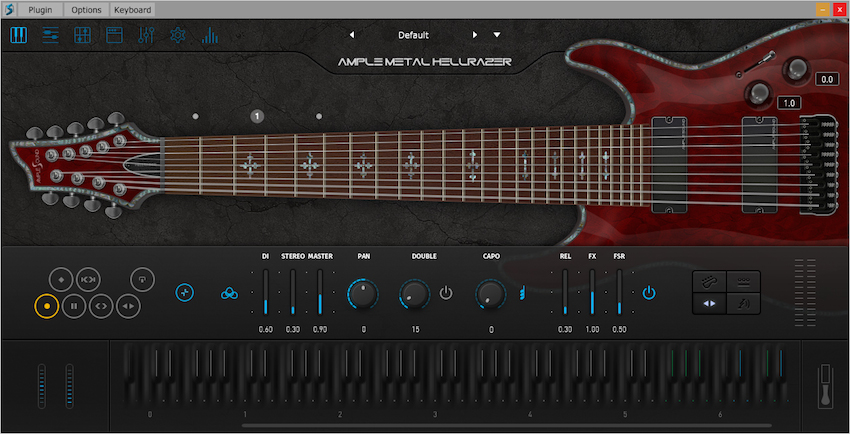
[…] The PreSonus Eris E7 XT is just right for moderate-size and some mid-large studio spaces. With the 7-inch woofer and 1.25-inch silk dome tweeter, E7 XT’s voice is significantly more powerful and richer than that of the smaller Eris family members, though not Read more… […]